Crew 2 Survivors 8 Number of deaths 9 | Passengers 15 Fatalities 9 Date 19 January 1988 Registration N68TC | |
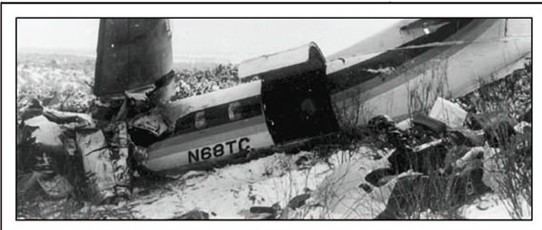 | ||
Summaries Pilot error, Controlled flight into terrain Similar Nürnberger Flugdienst Flight 108, Atlantic Southeast Airlines Fl, Manx2 Flight 7100, AVAir Flight 3378, Austral Líneas Aéreas Fl | ||
Trans-Colorado Airlines Flight 2286 (operating as Continental Express Flight 2286) was a scheduled domestic passenger flight from Denver, Colorado, to Durango, Colorado, operated for Continental Express by Trans-Colorado Airlines. On January 19, 1988, Flight 2286 crashed onto terrain near Bayfield, Colorado, while on approach to Durango-La Plata County Airport. Out of the 17 people on board, 9 were killed, including both crew members.
Contents
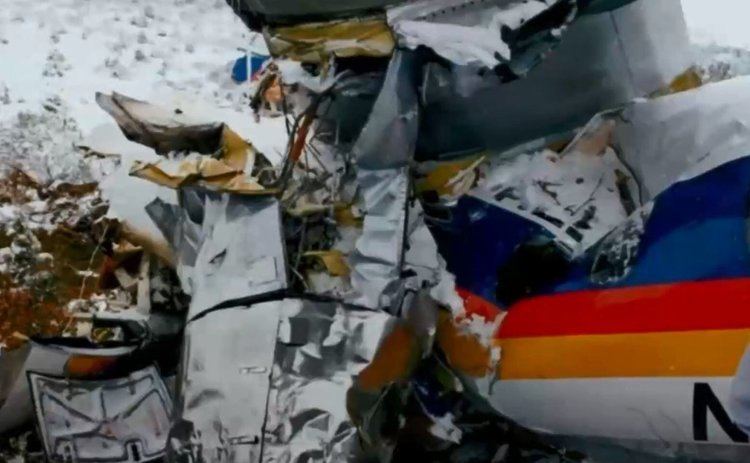
Aircraft
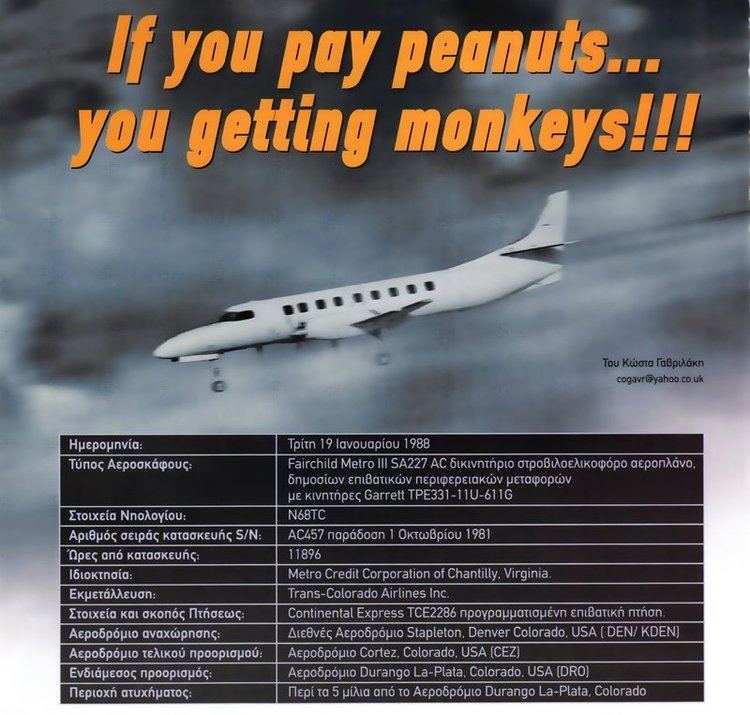
On the date of the accident, Flight 2286 was operated using a Fairchild Metro III twin-turboprop aircraft (registration number N68TC). Initially manufactured in 1981, this particular aircraft was acquired by Trans-Colorado in 1986. The Metro III had logged a total of approximately 11,895 flight hours at the time of the accident. The aircraft was not equipped with a cockpit voice recorder or flight data recorder, and the FAA did not require such small regional aircraft to be equipped with such recorders at the time. After the accident, the FAA mandated the installation of flight recorders in all aircraft operating scheduled flights.
Accident

Flight 2286 departed Denver's Stapleton International Airport at 18:20 Mountain Standard Time as a regularly scheduled flight to Durango–La Plata County Airport. A total of 15 passengers and two pilots were on board.
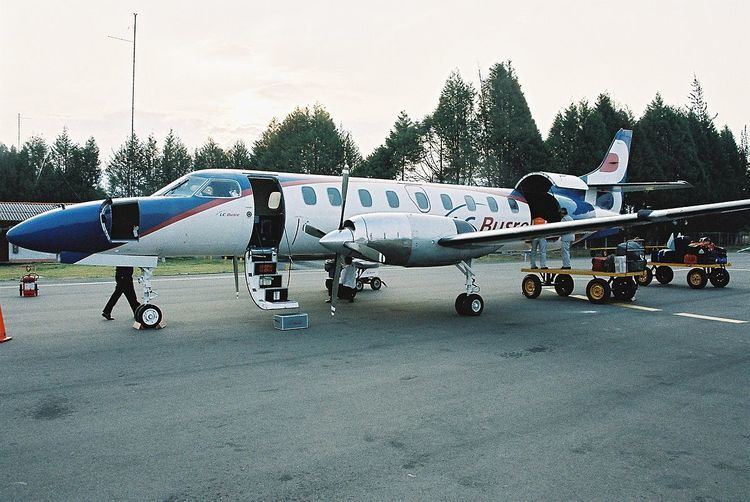
At 18:53, Flight 2286 reported reaching its cruising altitude of 23,000 feet. Air traffic control advised Flight 2286 of reduced visibility into Durango, with a ceiling of only 800 feet and light snow and fog in the area. At 19:00, controllers asked Flight 2286 whether they wanted to make an Instrument Landing System (ILS) approach to Durango's runway 2, or a visual approach to Durango's runway 20. From Flight 2286's location, making the ILS landing would have required backtracking to make the approach to runway 2, adding 10 minutes to the flight versus a more direct approach into runway 20. Captain Stephen Silver, who had a reputation as a pilot who could make up for lost time and attempt to arrive on schedule, chose the visual approach to runway 20 because it would save time. Silver allowed First Officer Ralph Harvey to fly the approach into Durango.
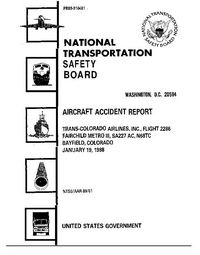
At 19:03, Flight 2286 was cleared to begin descending from 23,000 feet. In order to make a direct approach into Durango, the first officer flew in at a rapid descent of 3,000 feet per minute, which was more than three times the rate intended for the approach. At 19:14, Flight 2286 received clearance to approach Durango's runway 20, and reported reaching 14,000 feet. Flight 2286 continued to descend until it struck the ground, and then pitched up. The aircraft rolled several times before striking the ground again. Flight 2286 eventually slid to a stop approximately five miles from the airport.
One crash survivor hiked through snow for over a mile in an effort to summon help. Both pilots plus seven passengers were killed in the crash.
Investigation and probable cause
The accident was investigated by the National Transportation Safety Board.
Investigators learned that First Officer Ralph Harvey had a history of alcohol abuse. However, the first officer had completed a physical exam the day before the crash, and was found at that time to be free of alcohol or illegal drugs. In addition, tests on the first officer's body were negative for alcohol or drugs.
During the investigation, the NTSB was informed by another pilot that after the crash, he encountered a woman that claimed to be the fiancee of Captain Stephen Silver. The woman claimed to have "done a bag of cocaine" with Silver on the night before the accident. The NTSB attempted to contact and interview the woman, but were unsuccessful. However, tests on his body found traces of cocaine and its metabolites in his blood and urine. The NTSB concluded that Silver had likely used cocaine 12 to 18 hours before the accident, and that his piloting skills were likely degraded as a result of his drug use.
On February 4, 1989, the NTSB issued its final report on Flight 2286, in which it stated its finding of the probable cause of the crash:
The National Transportation Safety Board determines that the probable cause of this accident was the first officer’s flying and the captain’s ineffective monitoring of an unstabilized approach which resulted in a descent below the published descent profile. Contributing to the accident was the degradation of the captain’s performance resulting from his use of cocaine before the accident.
